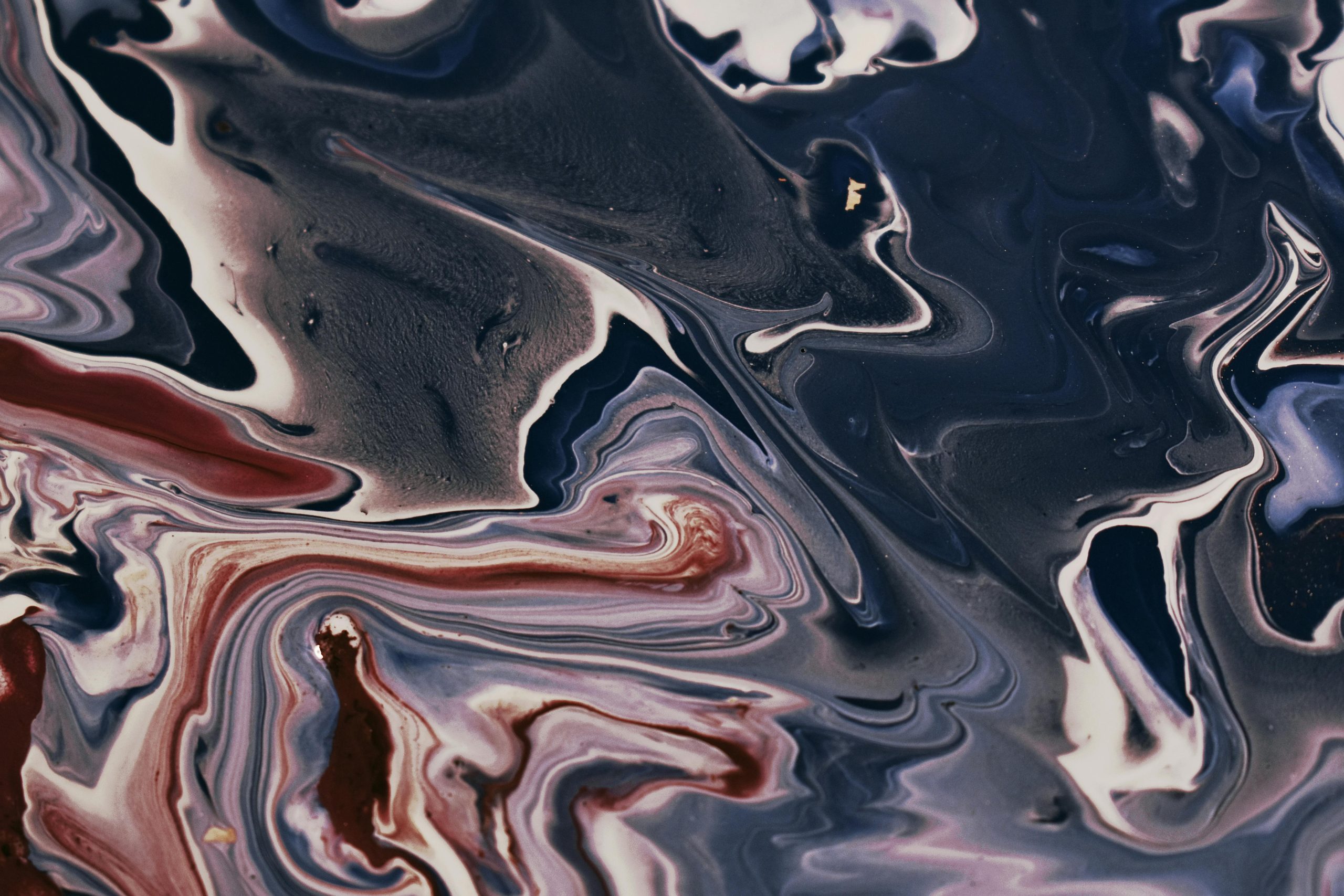Creating stunning visuals is a combination of artistic expression, technical skill, and creativity. Whether you’re designing graphics, illustrations, or photographs, the principles remain the same. Stunning visuals captivate audiences, evoke emotions, and convey messages effectively. Here’s a comprehensive guide on how to create stunning visuals:
Steps to Creating stunning visuals
Table of Contents
Understand Your Audience:
Before you start creating visuals, it’s essential to understand who your audience is. What are their preferences, interests, and demographics? Tailoring your visuals to resonate with your audience increases engagement and effectiveness.
Define Your Purpose:
Every visual should serve a purpose. Are you aiming to inform, persuade, entertain, or evoke emotions? Understanding the purpose of your visual will guide your design choices and help you create impactful imagery.
Choose the Right Tools:
Selecting the right tools is crucial for creating stunning visuals. Whether you prefer traditional mediums like pencil and paper or digital tools like Adobe Creative Suite, choose tools that align with your skills and project requirements.
Master the Basics:
Before you can create stunning visuals, you need to master the basics of design principles such as composition, color theory, typography, and contrast. Understanding these fundamentals will form the foundation of your visual creations.
Tell a Story:
Visuals have the power to tell stories and evoke emotions. Whether through symbolism, narrative, or juxtaposition, aim to convey a compelling story through your visuals. Engage your audience’s imagination and invite them to interpret the story behind the image.
Focus on Composition:
Composition refers to how elements are arranged within a visual space. Experiment with different compositions such as rule of thirds, leading lines, and symmetry to create visually appealing and balanced images.
Play with Color:
Color has a significant impact on the mood and tone of your visuals. Learn how different colors evoke different emotions and use them strategically to convey your message. Experiment with color palettes and combinations to create visually striking imagery.
Experiment with Typography:
Typography plays a crucial role in visual communication. Choose fonts that complement your design and ensure readability. Experiment with typography styles, sizes, and placements to create visually interesting text elements.
Use Visual Hierarchy:
Visual hierarchy guides the viewer’s eye through the visual elements, highlighting the most important information. Use techniques such as size, color, and placement to establish a clear visual hierarchy and ensure that your message is conveyed effectively.
Embrace Negative Space:
Negative space, also known as white space, is the empty space around and between elements in a visual. Embracing negative space can help create a sense of balance, clarity, and focus in your visuals. Don’t overcrowd your design; let elements breathe.
Pay Attention to Detail:
The smallest details can make a big difference in the overall impact of your visuals. Pay attention to details such as alignment, spacing, and consistency to ensure a polished and professional finish.
Iterate and Refine:
Creating stunning visuals often requires multiple iterations and refinements. Don’t be afraid to experiment, receive feedback, and make revisions until you achieve the desired result. Each iteration brings you closer to creating a truly stunning visual.
Stay Inspired:
Drawing inspiration from various sources such as art, nature, and other designers can fuel your creativity and inspire new ideas. Stay curious, explore different styles and techniques, and continuously seek inspiration to keep your visual creations fresh and innovative.
Be Authentic:
Authenticity is key to creating meaningful visuals that resonate with your audience. Stay true to your brand identity, values, and voice. Infuse your personality and unique perspective into your visuals to create a genuine connection with your audience.
Practice, Practice, Practice:
Like any skill, creating stunning visuals requires practice and dedication. Set aside time regularly to hone your craft, experiment with new techniques, and push your creative boundaries. With dedication and perseverance, you’ll continue to improve and create increasingly stunning visuals.
Conclusion
In conclusion, creating stunning visuals is a blend of artistry, technical skill, and creativity. By understanding your audience, defining your purpose, mastering the basics, and experimenting with different techniques, you can craft visuals that captivate audiences, evoke emotions, and effectively convey your message. With practice, dedication, and a commitment to authenticity, you can create visuals that leave a lasting impression and inspire action.




